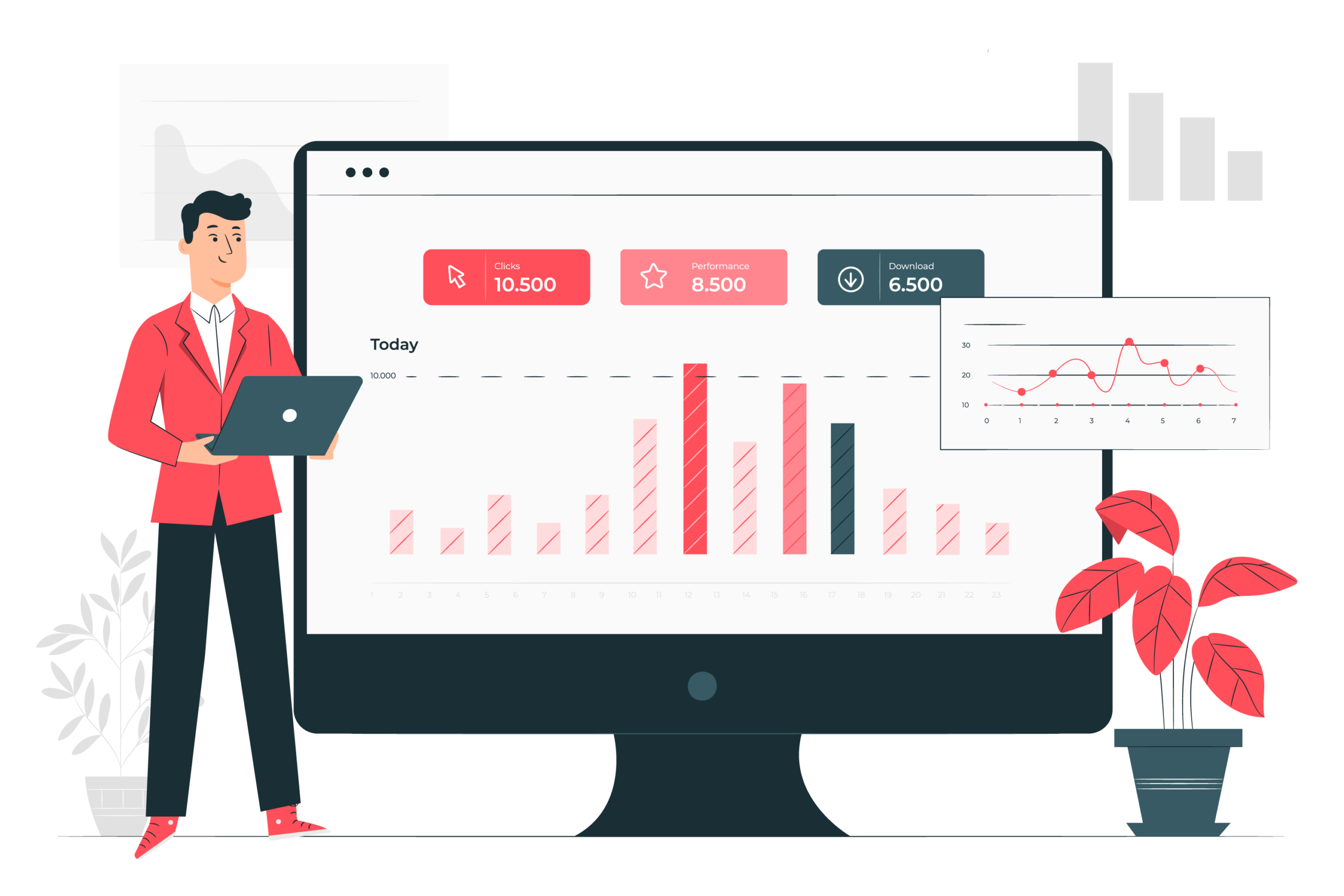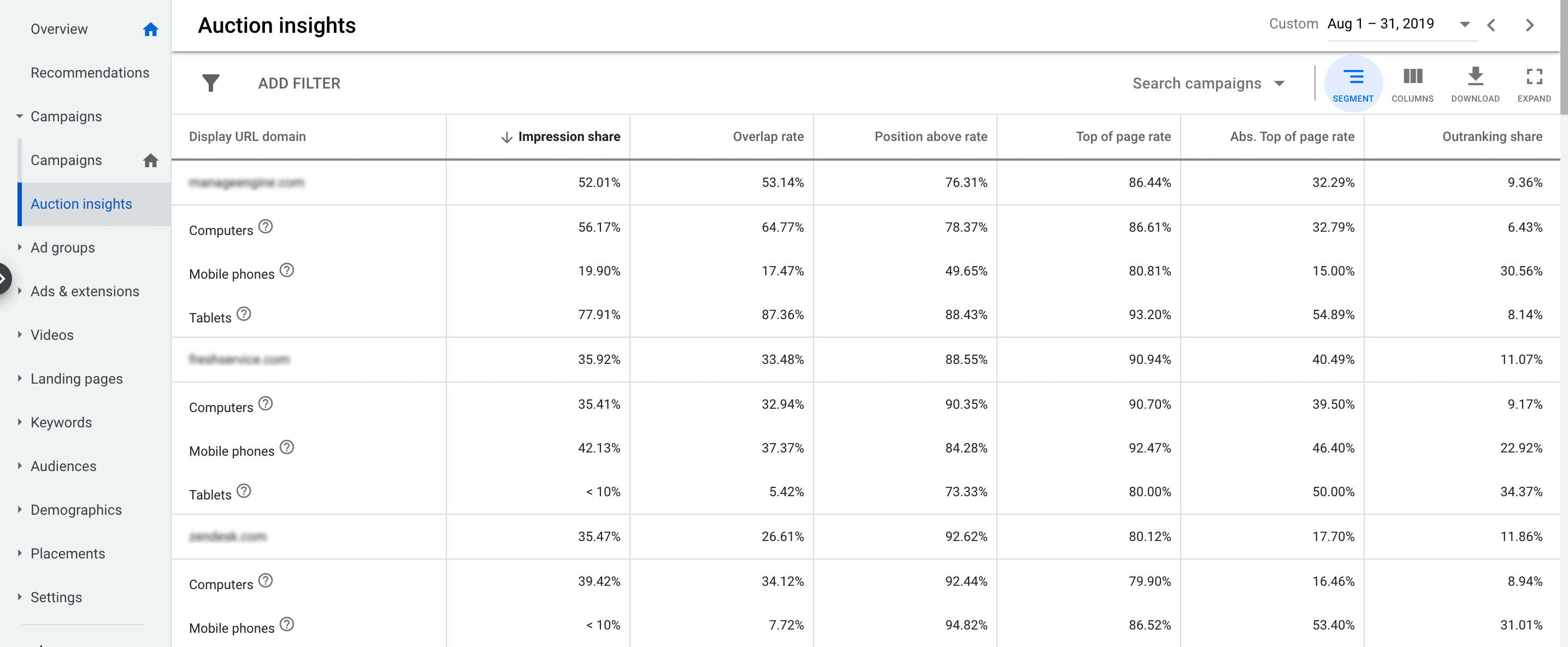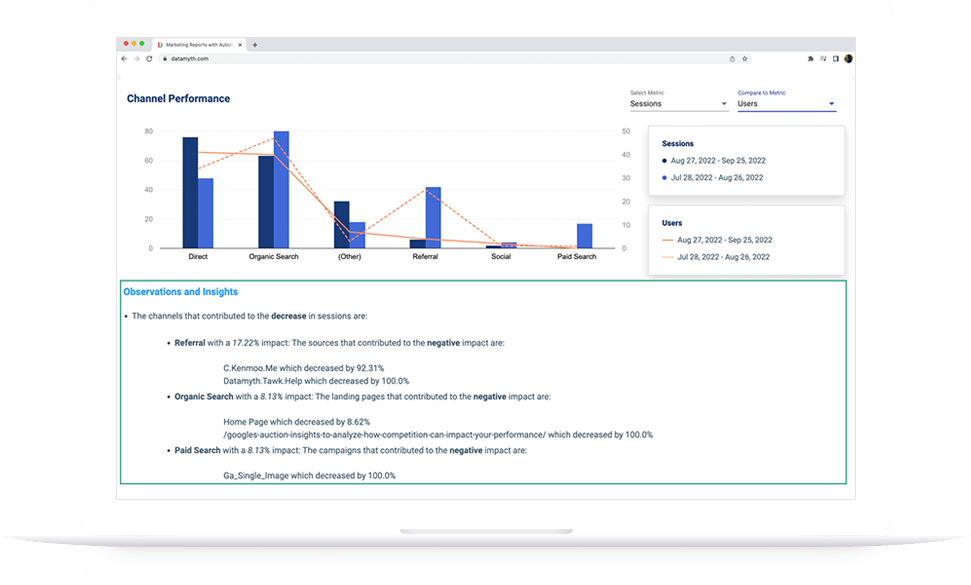Report building is very critical for any agency or brand. With the right KPIs measured in the reports, a campaign manager/stakeholder can understand how his marketing campaigns are performing & can make data backed decisions. Most agencies or companies share reports with their clients/stakeholders on a regular basis. It can be weekly, monthly and/or quarterly. This blog covers the different report frequencies and what are the outcomes you can expect.
Daily Reports:
Daily reports are used mainly for internal purposes which include the KPIs, critical and important to your client/stakeholders. It helps you identify any anomalies or changes and you can act immediately.
Example: If the Campaign ‘actual daily spend’ is more than the target spend, you can spot it immediately and modify it accordingly.
Daily Report Outcome:
- With Daily reports in place, you can find a trend in your campaign/website performance
- You can spot anomalies in KPIs which need immediate attention
- A constant status check on the performance against goals
- Ensure that both the campaign manager & the client/stakeholders are on the same page
Weekly Reports:
With weekly reports you can measure performances against your short term plans and track variances compared to the previous period performance. Along with it you will be able to identify metrics/elements that are working and the ones that are not, based on the tasks carried out with respect to their results. You can share the weekly reports during the first two days of the week (Monday & Tuesday) and plan for the week. The day can be finalised based on your convenience and your clients. Some reports are scheduled based on the stakeholder’s meeting with higher-ups, which would need the most recent data. In general these meetings happen in the first 3 days of the week (Monday – Wednesday), So you would end up creating the weekly report on the previous day of the meeting.
Example: Introducing a new set of keywords during a week could either boost your conversions or result in a high cost. You need a couple of days to gather significant data and see if the newly added keywords impact your performance in positive or negative. However, this could be an initial check to see if the keywords are spending without any outcome.
Weekly Report Outcome:
- You can check if the performance increased or decreased, with reasons that identify the campaign, keyword, channel or landing page responsible for the impact
- You will be able to clearly identify what is working and what is not, based on the tasks carried out, and compared to short term goals
- You can plan your actions according to the recent performance
Monthly Reports:
Monthly reports are the best way you can highlight your campaign KPIs which are critical to your client/stakeholder. You can showcase results of the long term plans/actions taken over a period of time, determine where you stand against the goals, and define if the campaign is on track or not. The monthly reports help the Directors/CMOs to plan their marketing efforts going forward.
Monthly Report Outcome:
- Like weekly reports, even these reports help you understand what is working and what is not, for a longer time frame as weekly data is generally not sufficient to take decisions
- Which channel or campaign impacted your performance
- Your plans/recommendations to derive better results and either recalibrate goals or recalibrate plans to meet the goal
Here’s a quick summary of the 3 reports:
You can use daily reports internally while the weekly & monthly reports are made for clients/stakeholders as well as to optimize the campaign. Ensure the Weekly & Monthly reports cover the main elements in the summary slides such as
- Ensure that all the important KPIs are covered
- What happened & why it happened
- Was the performance in line with your previous plan or not?
- What is your plan/recommendation to either improve performance or maintain it?






